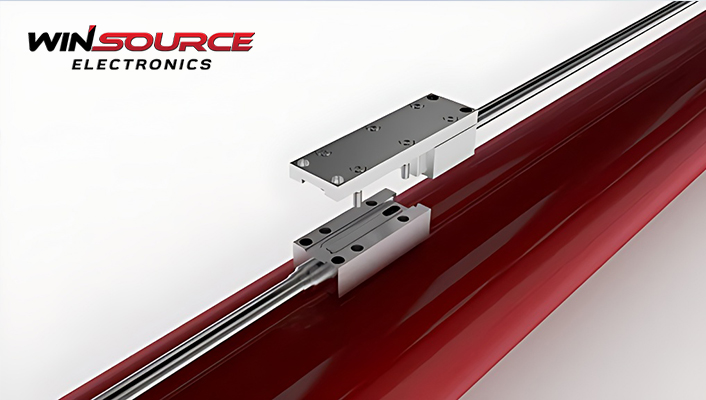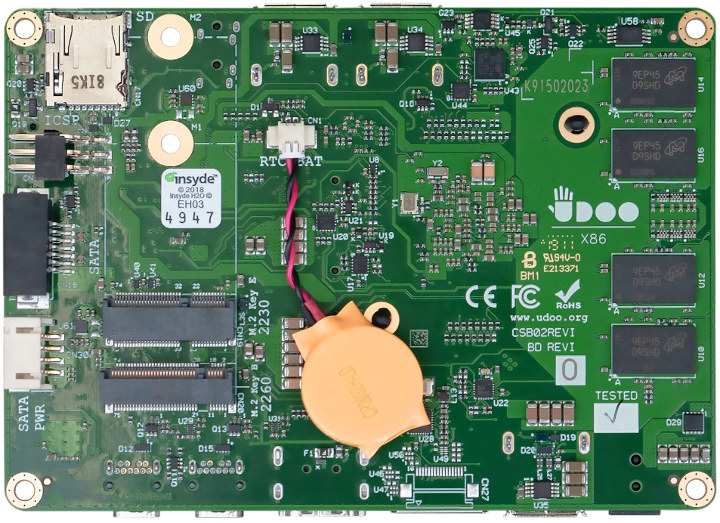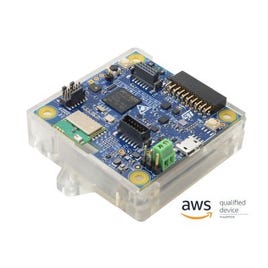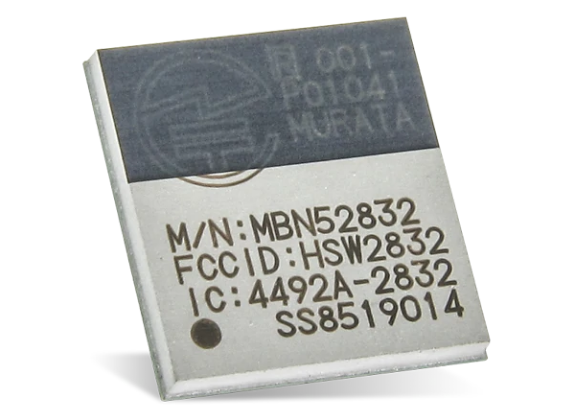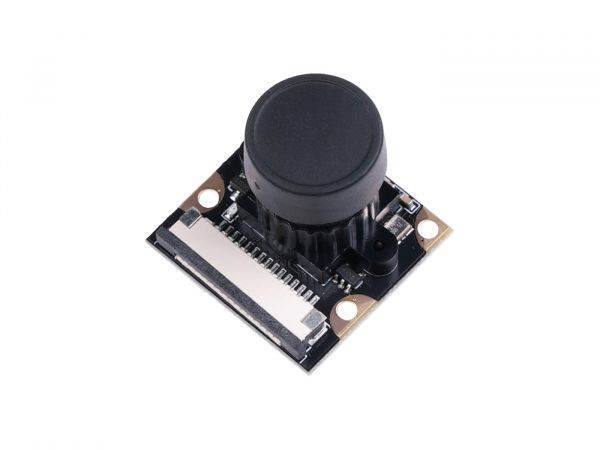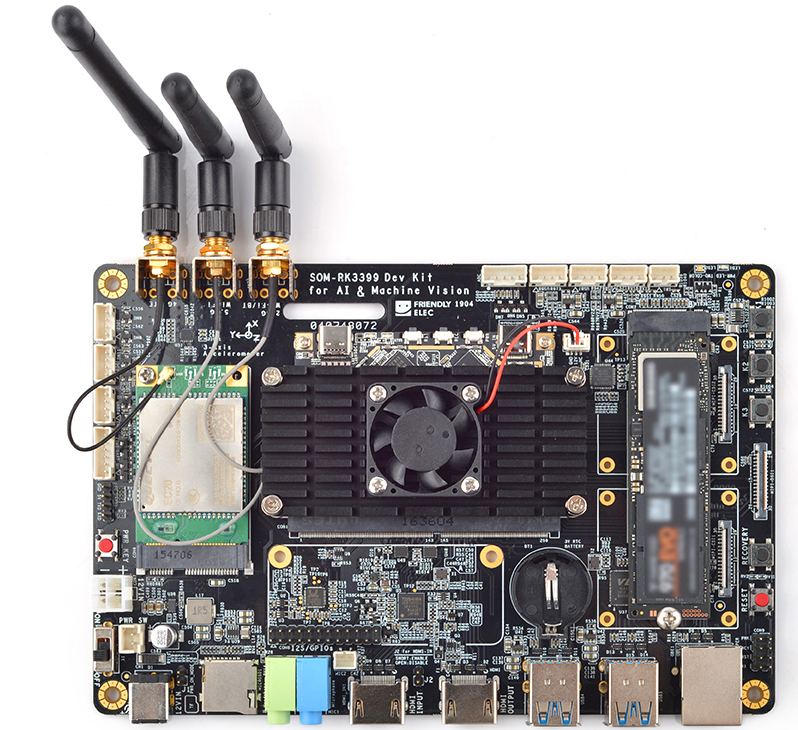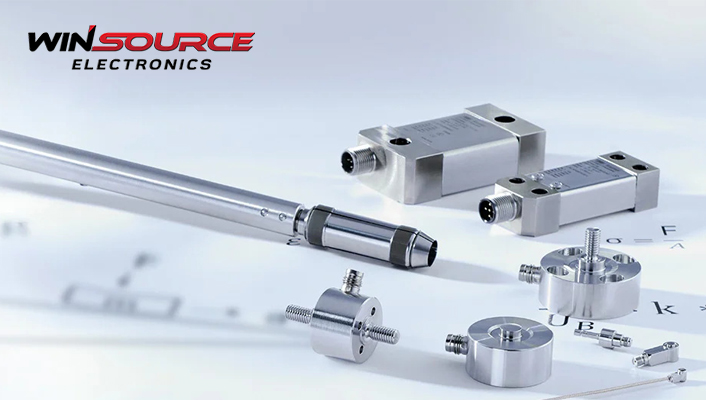
Sensors are everywhere from your smartphone, and smartwatches to everyday applications like refrigerators, cars, and lifts, making everyday life easier. There’s probably not a day that goes by where you aren’t impacted in some way by a sensor. So in this article, we will talk all about sensors, including how they work and the various types available.
We will also talk about WIN SOURCE which works with over 3,000 manufacturers and offers more than 1 million products. They provide sensors from well-known manufacturers such as Honeywell, Bosch Sensortec, Semtech Corporation, and more. They also work with industries like aerospace, automation, medicine, and more. If you are looking for a part be sure to consider them for your next project.
Understanding Sensors
A sensor can be an electrical, electronic, or mechanical device that is designed to convert physical attributes like temperature, pressure, distance, speed, torque, and acceleration to an electrical signal. The signal produced by the sensor can be of multiple technology and the output is proportional to the inputs that can be further processed to get the desired data. Sensor can be broadly classified into two categories Analog Sensor and Digital Senser which we will look at in the next section.
Why Do We Rely on Sensors?
Sensors are very useful devices and nowadays they are an indispensable part of our daily lives, think about starting a day with a fresh cup of coffee. That’s right a sensor is responsible for taking the temperature reading of the water to make that perfect blend. This is just one example if you look for it you will find hundreds of examples alike. This way sensors help us to get feedback from our soundings and take action accordingly if needed. They are used in many ways, such as,
- Efficient Operation: Sensors can detect changes in their sounding environment and that feedback can be used to detect and adjust to changes in their environment.
- Monitoring: They keep an eye on processes to spot any unusual activity.
- Control: Sensors help manage various operations in devices and systems.
- Resource Management: They aid in using resources like energy and materials more effectively.
Different Types of Sensors
There are various types of sensors designed for different applications. They can be broadly classified into,
- Passive Sensors: Passive sensors are those types of sensors that don’t need external power to work. They use energy from the environment like light for stable operation. Examples include mercury thermometers, light sensors, and photovoltaic cells.
- Active Sensors: this type of sensor needs an external power source to operate. Weather stations, motion detectors, and other monitoring devices utilize them.
- Analog Sensors: This type of sensor is used to convert environmental inputs into continuous signals, like in gas heaters.
- Digital Sensors: This type of sensor is used to convert inputs into digital signals, consisting of binary codes (1s and 0s), they are widely used across various industries.
Specialized Sensors
There are also specialized sensors that can be used to detect different environmental factors like movement, chemicals, humidity, pressure, and temperature. the most common ones are listed below,
- Accelerometer: An accelerometer is a device that measures acceleration or vibration or simply put can detect any acceleration of motion. The sensor is constructed with a piezoelectric material, when accelerated the mass inside the sensor squeezes the piezoelectric material which produces an electrical charge that is proportional to the force exerted upon it.
- Motion: Motion sensors are sensors that can detect changes in movement in a limited space. So it can be used to control lights, camera triggers, security alarms, and numerous other systems.
- Temperature: Temperature sensors are sensors that can detect the temperature of a median gas or air. they are used in a wide range of devices and appliances.
- Humidity: Humidity sensors are sensor that can detect the relative humidity of the environment, such sensor also comes with a built-in temperature sensor because relative humidity also depends upon temperature. This type of sensor is mostly used in agricultural and manufacturing environments.
- Optical: Optical sensors or photosensors are designed to detect waves at different points in the spectrum including infrared, UV, and visible light. they are mostly used in smartphones, Blu-ray players, and hobby robots.
- Pressure: Pressure sensors measure the force exerted by liquids or gases. They are widely used in machines, cars, planes, heating and cooling systems, and for weather forecasting. These sensors also help control the flow of gases and liquids.
- Proximity: Proximity sensors detect an object by measuring the distance between the sensor and the object. They commonly use technologies like ultrasonic or infrared to measure distance. These sensors are used in places like elevators, production lines, parking areas, and many other environments.
- Touch: Touch sensors are sensors designed to sense physical contact on a surface. The sensor detects touch by sensing the capacitance change caused by the touch on the surface.
The above sensors are among the most commonly used ones in various fields. For a more detailed reference, a comprehensive list of sensor technologies, along with examples, is provided below.
| Sensor Category | Properties Measured | Sensor Technologie | Examples |
|---|---|---|---|
| Current Sensors | Electrical Current | Hall Effect, Shunt | ACS772LCB-100U-PFF-T ACS725LLCTR-30AU-T L18P003D15 CSLA2CD |
| Accelerometers | Acceleration, Motion | Piezoelectric, Capacitive | ADXL312WACPZ MMA5224AKWR2 BMA120 LIS331DLETR |
| Capacitive Touch Sensors, Proximity Sensor ICs | Proximity, Touch | Capacitive | FDC1004DSCJ QT110-IS QT1081-ISG QT60326-ASG |
| Color Sensors | Color Spectrum | Photodiodes, CCD | TCS3200D-TR TCS34903FN TCS37727FN ADJD-J823 TCS3413CS |
| Dust Sensors | Particulate Matter | Optical, Electrochemical | GP2Y1010AU0F GP2Y1014AU0F GP2Y1026AU0F SPS30 |
| Image Sensors, Camera | Visual Imagery | CMOS, CCD | OS05A20-H73A-1C MT9P031I12STC-DP MT9V032C12STM-DR OVM7695-RAEA ASX342ATSC00XPED0-DR |
| rDA Transceiver Modules | Infrared Data Communication | Infrared | HSDL-1100#S07 HSDL-1100#007 HSDL-3600#007 HSDL-3208-002 HSDL-3208-021 |
| Humidity Sensors | Humidity, Moisture | Capacitive, Resistive | SHT25 BDE0600G-TR HIH-4000-003 HPP845E131R4 SHT31-DIS-B2.5KS HTS221TR BME280 |
| Position Sensors - Angle, Linear Position Measuring | Position, Angle | Potentiometric, Optical | AS5048B-HTSP TLE5012BE1000XUMA1 MLX90365KDC-ACD-000-RE MLX90316KGO-BCG-000-RE MA750GQ-Z AS5600-ASOT |
| Pressure Sensors | Pressure | Piezoelectric, Capacitive | SSCMANN150PGAA3 MPX4115AS BMP388 SDP810-500PA 1451-015A-T |
| Proximity Sensors | Proximity | Infrared, Ultrasonic | 80.00000347 PRL08-2DN AV70-4 TMD26203M WSPSM208 |
| Specialized Sensors | Various (Specialized) | Various | SI1175K1-B2-GM SI1172E2-B3-GM BME688 TSL1401CS-LF |
| Shock Sensors | Shock, Impact | Piezoelectric, Capacitive | PKGS-00LDP1-R PKGS-00GXP1-R EFJ-G25EF01 |
| Temperature Sensor | Temperature | Thermocouple, Thermistor | 67F040 67F100 67F110 |
| Tilt Sensors | Tilt, Inclination | MEMS, Capacitive | Rohm Semiconductor |
| Flow Sensors | Fluid Flow | Thermal, Ultrasonic | SM2000 D6F-P0010A1 AWM92100V AWM5104VN |
| Gas Sensors | Gas Concentration | Electrochemical, Infrared | SCD40-D-R1 SCD40-D-R2 SGP40-D-R4 SGP30-2.5K |
| Motion Sensors | Motion, Presence | Infrared, Ultrasonic | MMA5106NPIKGWR2 KX124-1051 ICM-20648 LSM9DS1TR PYD1598/7655 |
| Magnetic Sensors | Magnetic Fields | Hall Effect, Magnetoresistive | AH49FZ3-G1 59170-1-T-00-D MK21P-1A66B-500W SR16C-N TLV49462KFTSA1 AH3366Q-P-A |
| Force Sensors | Force, Pressure | Strain Gauge, Piezoelectric | FSG15N1A FSS1500NGT FSS1500NSB |
| Motion Sensors - Vibration | Vibration, Acceleration | Piezoelectric, MEMS | ADIS16228CMLZ 4081 D7E-1 |
The above are only some of the various types of sensors that are being used across various environments and within devices. However, none of these categories are strictly black and white; for example, a level sensor that tracks a material’s level might also be considered an optic or pressure sensor. There are also other types of sensors, such as those that can detect load, strain, color, sound, and a variety of other conditions. Sensors have become so common now that we often don’t even notice when we’re using them.





